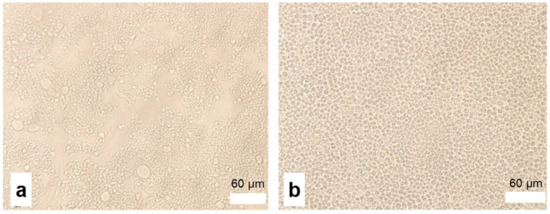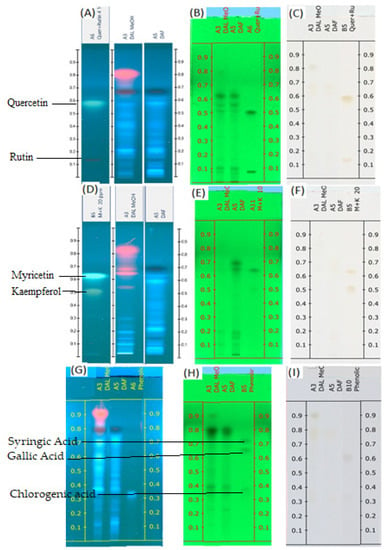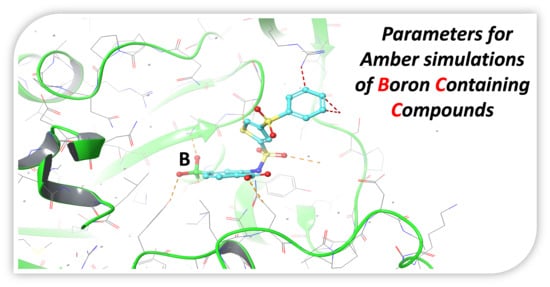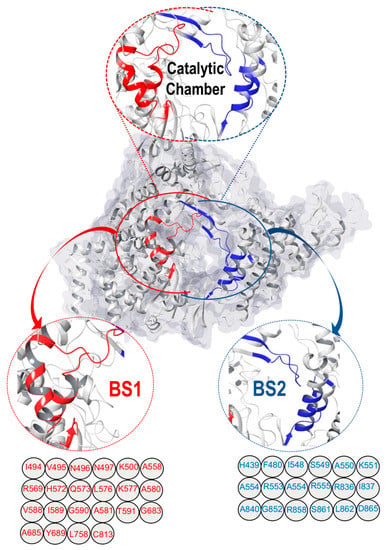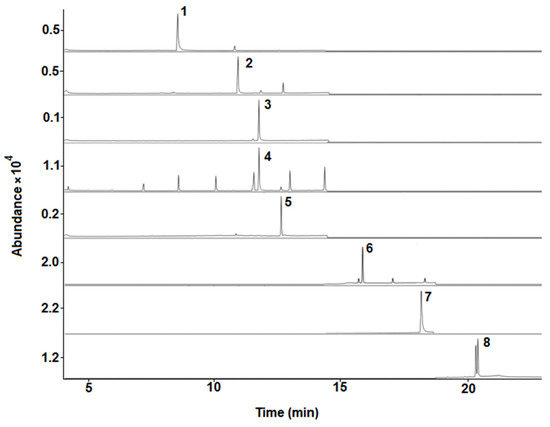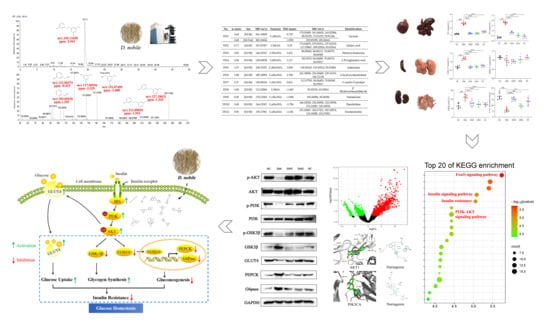Molecules 2023, 28(6), 2582; https://doi.org/10.3390/molecules28062582 - 12 Mar 2023
Cited by 4 | Viewed by 3196
Abstract
Thyme is a colloquial term for number of aromatic species belonging to the genus Thymus L., known for their expressed biological activities and therefore used worldwide for seasoning and in folk medicine. In the present paper, the content of the total polyphenols (TP),
[...] Read more.
Thyme is a colloquial term for number of aromatic species belonging to the genus Thymus L., known for their expressed biological activities and therefore used worldwide for seasoning and in folk medicine. In the present paper, the content of the total polyphenols (TP), total flavonoids (TF), and antioxidant capacity were assessed in the extracts of four traditionally used thyme species. Moreover, a comprehensive metabolomic study of thyme bioactive compounds was performed, and the obtained data were processed using multivariate statistical tests. The results clearly demonstrated the positive correlation between the content of the TP, TF, and antioxidant activity, and TF was more significant than TP. The findings revealed that four selected thyme species contained 528 secondary metabolites, including 289 flavonoids and 146 phenolic acids. Thymus marschallianus had a higher concentration of active ingredients, which improve its antioxidant capacity. Differentially accumulated metabolites were formed by complex pathways such as flavonoid, flavone, flavonol, isoflavonoid, and anthocyanin biosynthesis. Correlation analysis showed that 59 metabolites (including 28 flavonoids, 18 phenolic acids, and 7 terpenoid compounds) were significantly correlated with obtained values of the antioxidant capacity. The results suggested that selected thyme species exhibit a great diversity in antioxidant-related components, whereas flavonoids may be responsible for the high antioxidant capacity of all studied thyme species. The present study greatly expands our understanding of the complex phytochemical profiles and related applications of selected medicinal plants.
Full article
(This article belongs to the Special Issue Bioactive Compounds from Natural Sources: Characterization and Biological Evaluation)
►
Show Figures




